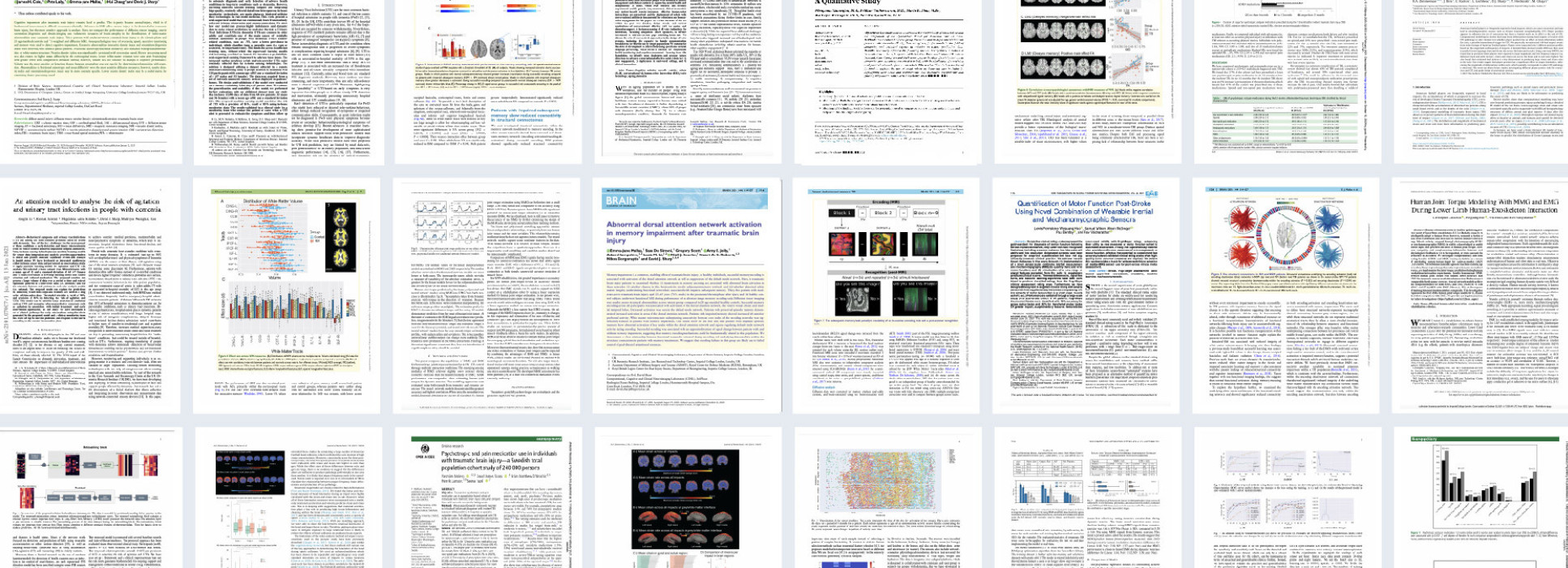BibTex format
@article{Wairagkar:2022:10.1109/JIOT.2021.3097592,
author = {Wairagkar, M and Lima, MR and Bazo, D and Craig, R and Weissbart, H and Etoundi, AC and Reichenbach, T and Iyenger, P and Vaswani, S and James, C and Barnaghi, P and Melhuish, C and Vaidyanathan, R},
doi = {10.1109/JIOT.2021.3097592},
journal = {IEEE Internet of Things Journal},
pages = {3174--3188},
title = {Emotive response to a hybrid-face robot and translation to consumer social robots},
url = {http://dx.doi.org/10.1109/JIOT.2021.3097592},
volume = {9},
year = {2022}
}
RIS format (EndNote, RefMan)
TY - JOUR
AB - We present the conceptual formulation, design, fabrication, control and commercial translation of an IoT enabled social robot as mapped through validation of human emotional response to its affective interactions. The robot design centres on a humanoid hybrid-face that integrates a rigid faceplate with a digital display to simplify conveyance of complex facial movements while providing the impression of three-dimensional depth. We map the emotions of the robot to specific facial feature parameters, characterise recognisability of archetypical facial expressions, and introduce pupil dilation as an additional degree of freedom for emotion conveyance. Human interaction experiments demonstrate the ability to effectively convey emotion from the hybrid-robot face to humans. Conveyance is quantified by studying neurophysiological electroencephalography (EEG) response to perceived emotional information as well as through qualitative interviews. Results demonstrate core hybrid-face robotic expressions can be discriminated by humans (80%+ recognition) and invoke face-sensitive neurophysiological event-related potentials such as N170 and Vertex Positive Potentials in EEG. The hybrid-face robot concept has been modified, implemented, and released by Emotix Inc in the commercial IoT robotic platform Miko (‘My Companion’), an affective robot currently in use for human-robot interaction with children. We demonstrate that human EEG responses to Miko emotions are comparative to that of the hybrid-face robot validating design modifications implemented for large scale distribution. Finally, interviews show above 90% expression recognition rates in our commercial robot. We conclude that simplified hybrid-face abstraction conveys emotions effectively and enhances human-robot interaction.
AU - Wairagkar,M
AU - Lima,MR
AU - Bazo,D
AU - Craig,R
AU - Weissbart,H
AU - Etoundi,AC
AU - Reichenbach,T
AU - Iyenger,P
AU - Vaswani,S
AU - James,C
AU - Barnaghi,P
AU - Melhuish,C
AU - Vaidyanathan,R
DO - 10.1109/JIOT.2021.3097592
EP - 3188
PY - 2022///
SN - 2327-4662
SP - 3174
TI - Emotive response to a hybrid-face robot and translation to consumer social robots
T2 - IEEE Internet of Things Journal
UR - http://dx.doi.org/10.1109/JIOT.2021.3097592
UR - http://arxiv.org/abs/2012.04511v1
UR - http://hdl.handle.net/10044/1/90495
VL - 9
ER -




